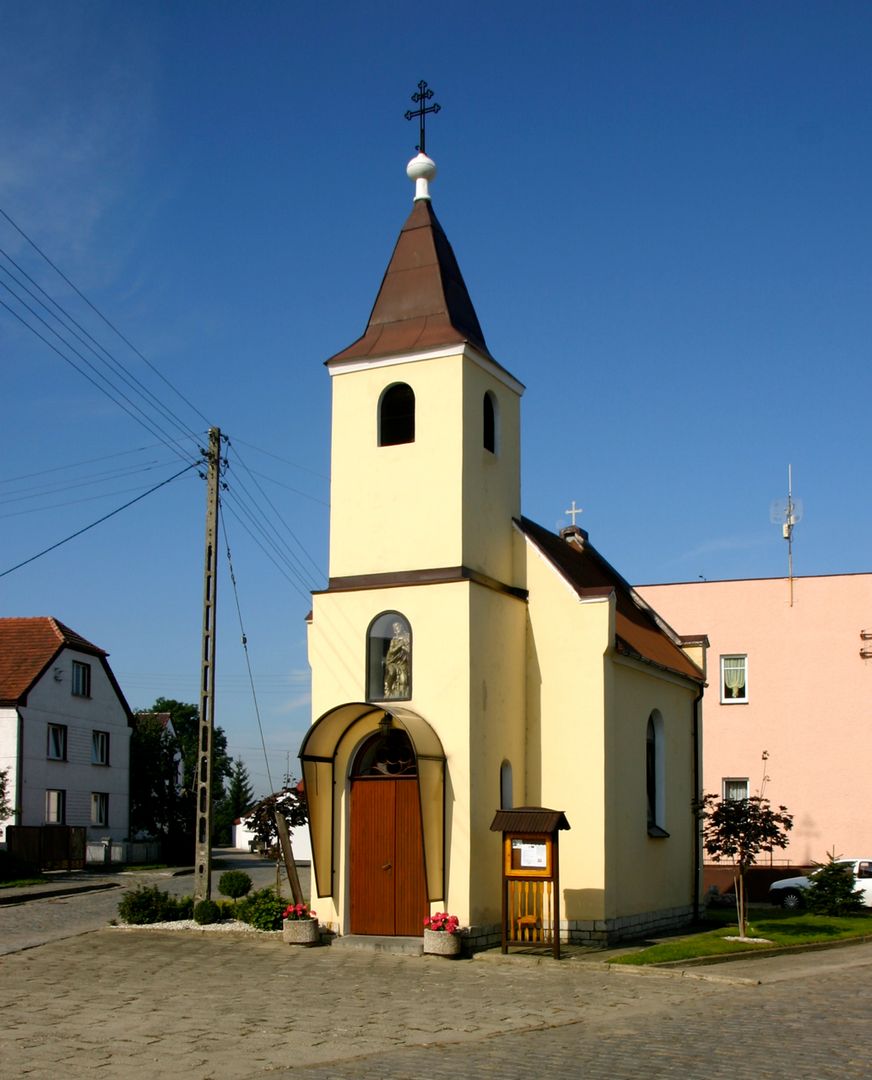Mionów
6.27

Overview
Mionów is a village located in the Opole Voivodeship, within the Gmina Głogówek, historically part of Upper Silesia. It is known for its rich archaeological heritage, including Neolithic remains and traces of iron smelting from the 3rd–4th centuries BCE. First mentioned in 1217, the village was divided among various owners, including the Stral family, and from the 18th century, it became part of the Kingdom of Prussia. Mionów bears witness to its continuous history through preserved monuments: a 19th-century house at number 22 Street, its rural layout, chapels, and residential buildings. The culture of Mionów is significantly shaped by the presence of the German minority and Silesians, which is reflected in local traditions and the Prudnik dialect. The village belongs to the Euroregion Pradziad and is a site of tourist activities organized by PTTK, as well as cultural events such as those held by the German Circle of Friendship. Mionów is also a spiritual place, belonging to the parish of St. Lawrence in Wierzch and featuring the Chapel of St. Hedwig. Residents are engaged in local life, including the activities of the Volunteer Fire Department. An interesting fact is that the village once had its own seal featuring a mill wheel with scythes and participated in the Upper Silesia plebiscite of 1921, where the voting results reflected national diversity. The history and social fabric of Mionów, its architecture, and culture showcase the rich heritage of the region and the multicultural influences that shape the identity of this small village.
Location
City
Głogówek Deanery
Tertiary Administrative Division
Głogówek
County
Prudnik County
State
Opolskie Voivodeship
Country
2025 Wizytor | All Rights Reserved